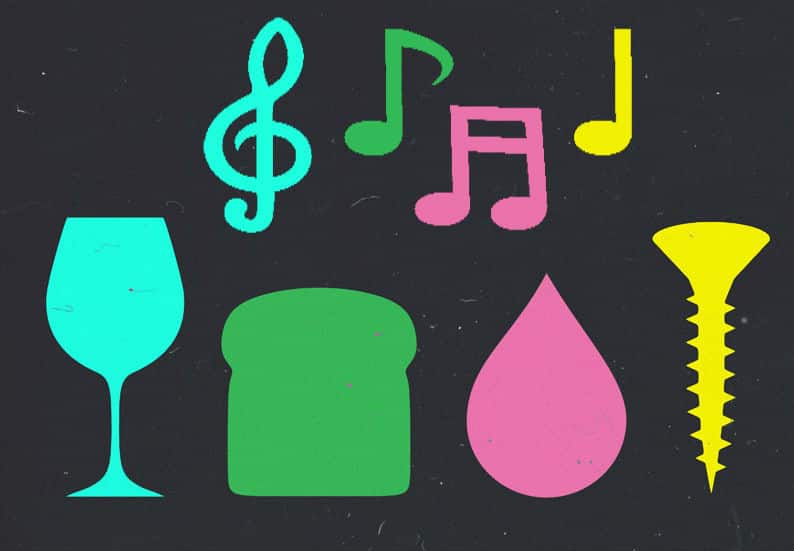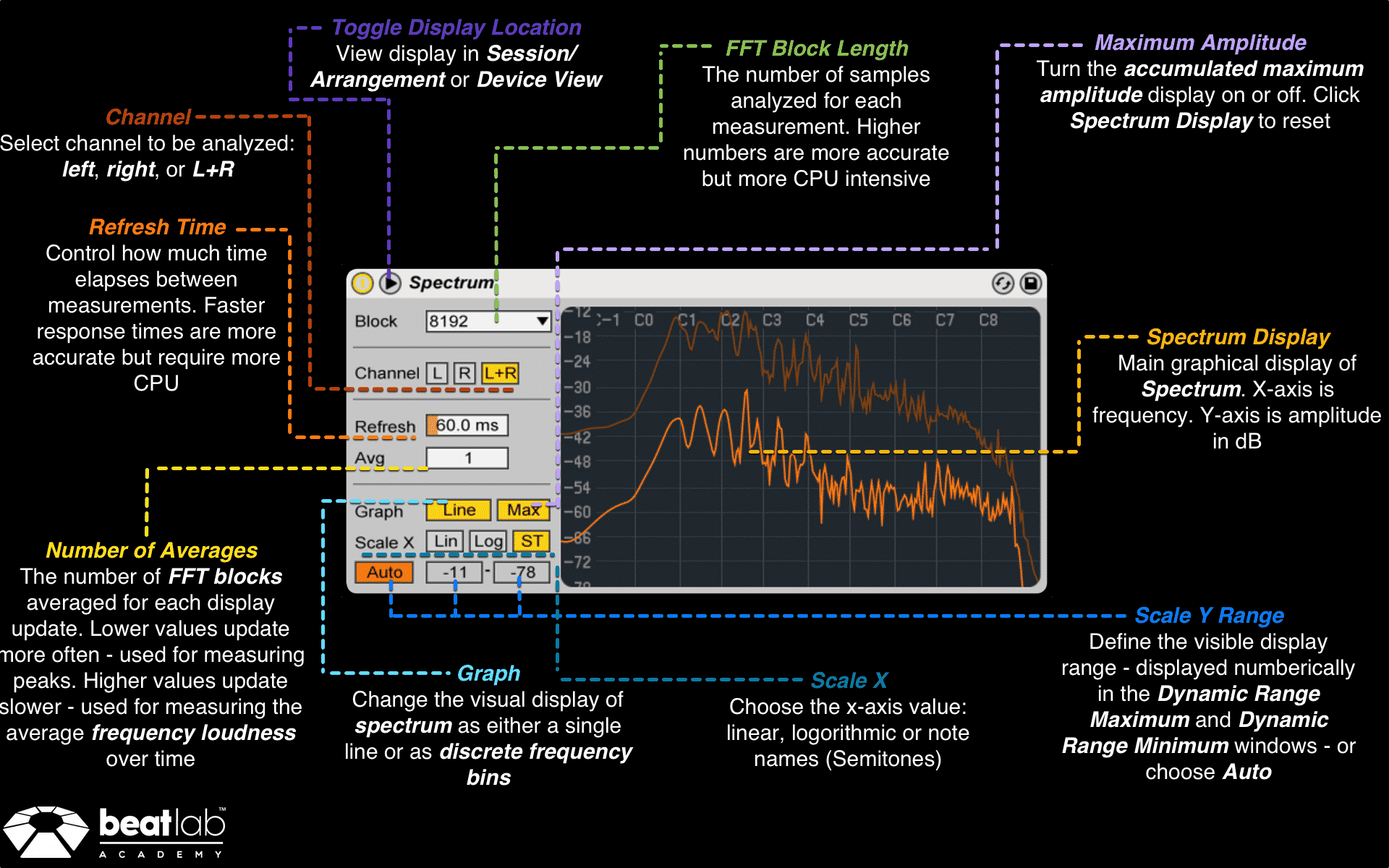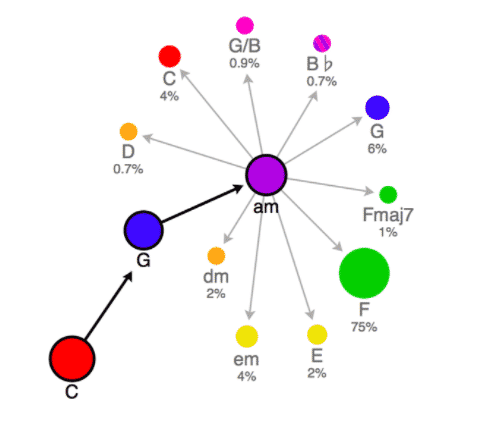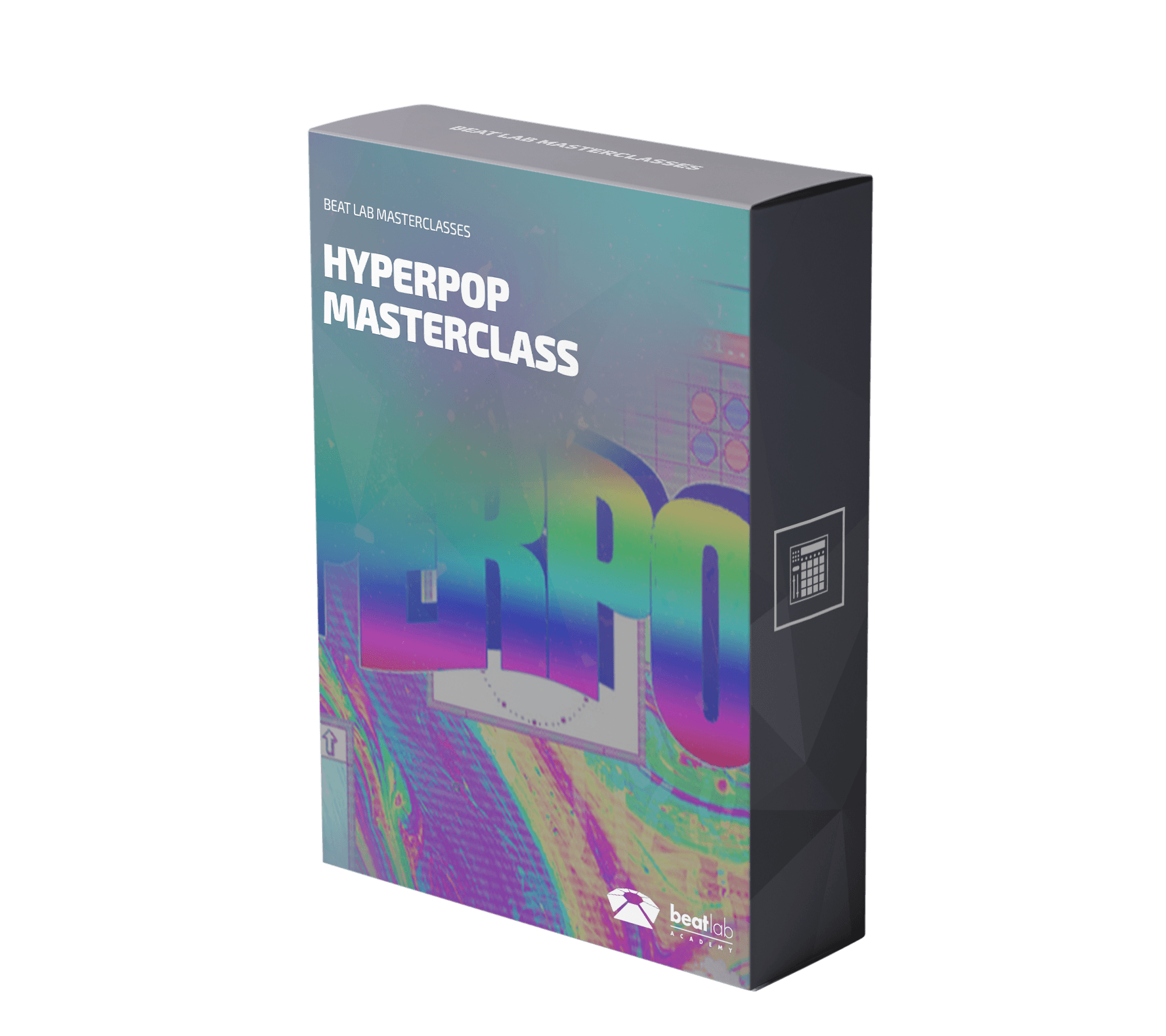How to Hack the Playlisting Game – Getting Heard
How to Hack the Playlisting Game – Getting Heard It’s probably no new news that playlists are a big deal. They are hard to avoid… and kind of just pop up everywhere. Music bloggers, music news sites, magazines, streaming services (Spotify, Apple Music, Pandora), brands, radio stations and bands are common curators of such playlists (one of my favorites is the Indie Shuffle). Playlists are great for the listener: hitting play is mindlessly easy, and exposes the listener to unknown songs in a style they’ve already given the nod. For artists, they can also be a major game changer. Take independent singer-songwriter Perrin Lamb, whose album hadn’t gained much traction up until a year after its release. One day he discovered one of his songs had gotten placed on an official Spotify playlist, gaining it more than 10,000,000 views. From zero to hero, by algorithmic magic. This is just an example of how a mindfully placed …
Read MoreSound Recipes #3: Future House Bass (Free Download)
Sound Recipes #3: Future House Bass https://www.youtube.com/watch?v=qKnVMKsbp2U You can check out previous Sound Recipes HERE This type of sound uses Frequency Modulation (FM) to get a plucky metallic sound. We will use 3 layers inside an Instrument Rack: Low Mid wide FM Bass Mid-High Distorted FM Bass Sub Layer We’ll be using Operator exclusively to create all the layers of the sound divider style=”clear” Low Mid wide FM Bass By default, Operator function as an FM synth which is exactly what we want. Meaning that only Oscillator A is audible. Oscillators B, C & D do not output any sound but rather alter the sound with Frequency Modulation. It is common to use Sine waves for FM synthesis and we’ll stick with those. Turn up OSC B volume until you hear the sound change. Now you can adjust the Envelope to be shorter to give us that pluck …
Read MoreSong Exploder Podcast – Eavesdrop on your Favorite Artists in the Studio
Song Exploder – Eavesdrop on your Favorite Artists in the Studio Everyone loves eavesdropping. And this podcast is all about eavesdropping on your favorite artists as they talk about their songwriting process. It’s a quick podcast—about 15 minutes—where an artist pulls apart one of their songs and tells you how it was made: the sounds, the inspiration, and the process. Song Exploder interviews a variety of different artists, from Odessa to the Lumineers, to Iggy Pop and Daedalus, Andrew Bird and Carly Rae Jepsen. Even if you’ve never heard of the artist before, or aren’t interested in that style of music, it’s always productive to learn how other artists approach the process. Here are some songwriting styles and stories that stood out to me the most—maybe they’ll fascinate you, too. -Did you know the intro bass line from Chet Faker’s “Gold” came to him in the middle of …
Read MoreField Recordings – Capture and Incorporate your Sonic Landscape
Field Recordings – Capture and Incorporate your Sonic Landscape Shh. Take a moment to listen. You, my friend, sit in the nucleus of the infinite drum rack that is the soundtrack of your life. Surrounding you are limitless samples waiting to etch themselves into your tracks. Where to start. For one, if you have a smartphone you likely have a built-in recording app. You can also download an app which have more useful features for musicians. Try the Rode Rec app or Audio Memos for iOS for features like EQ, compression, and “extract markers”. While phones don’t have the best quality, they’re basically always in reach, and sound good enough. Make sure that you name the sound bit as soon as it’s recorded, otherwise you’ll get stuck finding “that one clip” from choices such as “New Recording 99” “New Recording 100” “New Recording 101”… you get the idea. If …
Read MoreAbleton Spectrum Cheat Sheet (Free Download)
Ableton Spectrum Cheat Sheet (Free Download) Ableton’s Spectrum Analyzer is an essential tool for mixing/mastering engineers and sound designers. It can be somewhat confusing on how and when to use this meter so we thought we would release another free cheat sheet from our complete collection that we give our students in Beat Lab’s Certification Program. The spectrum will display the frequency response of any sound. This can show us the notes that the sound plays and any frequencies that might be too loud or too quite. We can then go and use EQs, Filters, compressors and other processing tools to change the frequency response of any sound or even our entire mix. You can also use the Spectrum to compare commercial track frequency response to your own tracks to make sure you competing in quality with the tracks in your genre. divider style=”clear” You can download Spectrum cheat sheet below. Be sure …
Read MoreHooktheory Updates – Finding Cool Chord Progressions just got way Simpler
Hooktheory Updates – Finding Cool Chord Progressions just got way Simpler You may be familiar with Hooktheory already, but recent upgrades to their software have us checking out this cool software program in depth. Hooktheory is one of the best song analysis, creation, and education tools out there. It lets you choose from thousands of songs, then takes you behind the scenes to show you exactly how they “work” music theory wise. Then, you can open up Hookpad, a musical sketching pad that guides you to creating your own theory-savvy songs. So what’s new? divider style=”clear” Transposition Features Hooktheory now lets you transpose any song from its original key to any minor/major key or mode you want. This is a seriously cool feature that will get your songwriting gears spinning. In the examples on their website, you can see how songs like Hey Jude and Blank Space are thrown into an …
Read More










